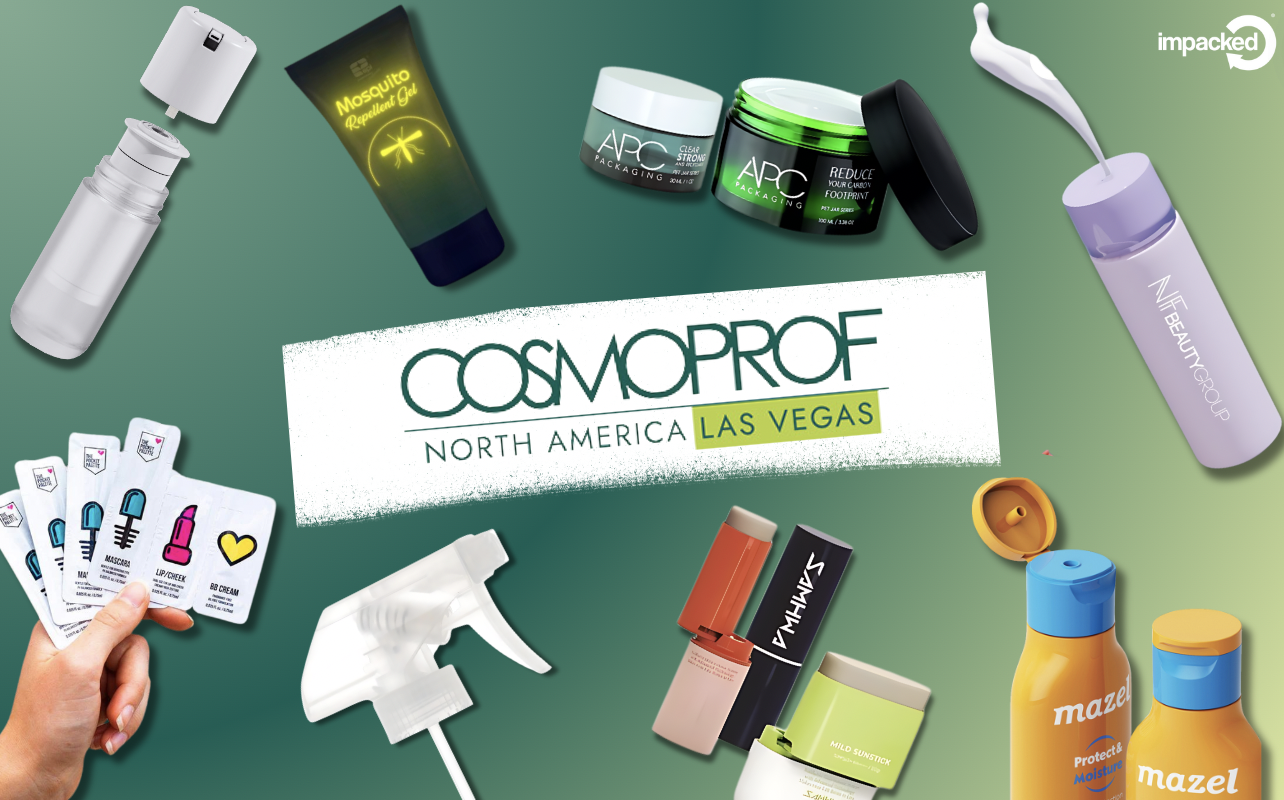.jpg)
What Is Driving Price Increases For Virgin PET Plastics and PCR Materials?
A production deficient past several years has led to a surge in demand in 2022. The pandemic brought higher demand for takeaway packaging, face shields, and medical supplies. The ensuing boom in production has led to a greater shortage of domestic feedstock, chemicals, and shipping bottlenecks, with the ensuing recovery bringing volatility in both the virgin PET and PCR (or rPET) markets.
Since Q4 of 2021, downward pressure on both the virgin PET and PCR industry has increased from:
- Supply shortages
- Rising feedstock prices
- Energy Costs
- Logistics bottlenecks
In addition to these pressures, the recent conflicts in Eastern Europe have threatened the flow of key energy and derivative supplies worldwide.
According to Supply Chain Dive, the sum of these pressures has driven resin prices upwards of 30-50%. Below we break down several of the critical components driving the surge.
Virgin Plastics
While some virgin plastics like PE and PP have bottomed, PET has been on the ascent due to volatility in feedstock pricing and logistics bottlenecks. However, the most significant contributor has been supply shortages of Paraxylene (PX), a chemical essential to production, and PET resin.
Paraxylene (PX)
Paraxylene (PX) is a key component in the manufacture of PET materials. However, the supply of PX is tight worldwide and exacerbated by supply chain blockages making it difficult for PET suppliers to move purchases around to leverage PX pricing.
PX capacity in the United States was planned to expand with a project at the M&G Corpus Christi complex; however, when they went bankrupt, the program stalled. The M&G complex is now headed by Indorama, FENC, and DAK, who are in no hurry to restart the project as they are enjoying the current high price of PET resin. If the project were to resume today, it would not come online until late 2024.
PET
Like PX, PET resin is also in tight supply globally. Typically, in the US, when prices rise as they have over the last year, converters in the US, Canada, and overseas would start sourcing from Asia to exert downward pressure on domestic prices.
However, duties on PET are now set at $1.80 for every $1.00 of imported goods out of China, making that tactic unavailable to us today. In addition, the increased tax and high ocean freight costs make it impossible for imported materials to be price competitive with US producers.
While the PET market is in balance domestically, it has only favored high volumes. As a result, low-volume purchasers have had to resort to offshore supply resulting in premium pricing for material at an additional 8% - 10% increase in cost. While there has been some softening of Asian prices, when freight is added, they are still not competitive with domestic pricing.
Virgin plastics pricing is forecasted to be with us through 2024 before current downward pressures find a plateau.
PCR Materials
The first quarter of 2022 saw PCR (rPET) materials shooting up 103% year on year as companies vied for limited supplies while trying to meet ambitious sales targets. According to the Financial Times, prices for bales of used bottles have tripled since January of 2021.
Capacity is not an issue for the domestic PCR market. As the market stands today, there is sufficient cleaning and pelletizing capacity to supply the market, however, there is not enough US-based flake or bailed bottles to supply the cleaning/pelletizing capacity.
Stagnation in production using locally processed materials has stemmed from the United States having considerably lower recycling rates fueled largely by inefficient Municipal Recovery Systems (MRFs). The lack of domestic supply has resulted in approximately 70% of the feedstock (flake and bails) being generated outside of the US in predominantly Malaysia, Taiwan, Vietnam, Thailand, and East India markets.
These relatively poor economies have made an industry of farming the landfills for recyclable materials, thus creating a feedstock supply to US recyclers.
For the United States to increase production, domestic collection must increase the feedstock supply that fuels the system or be vulnerable to volatile shipping chains and international market pricing.
Until then, the price of PCR will continue to increase until the economics of collection become attractive to municipalities and waste management companies.




